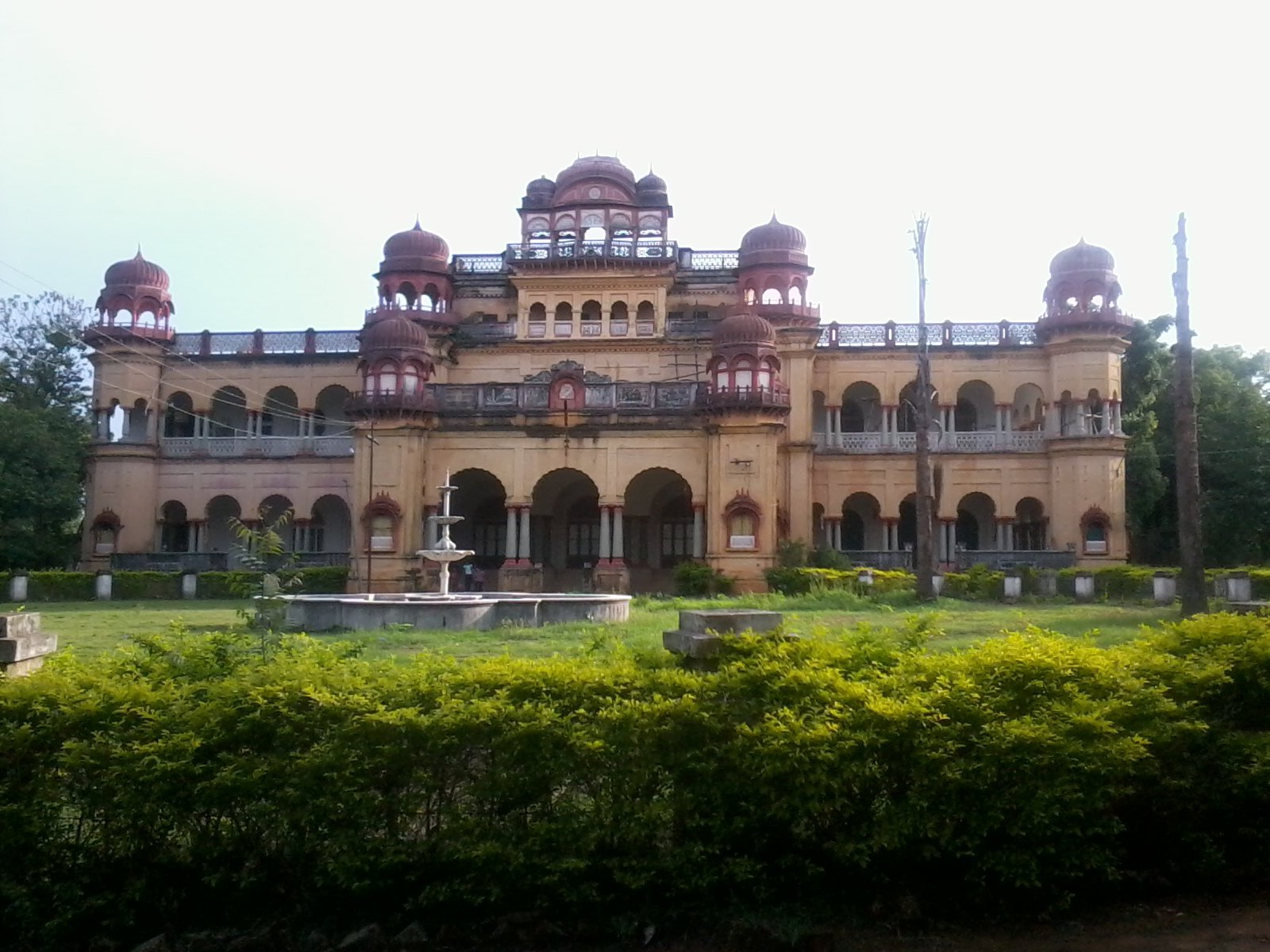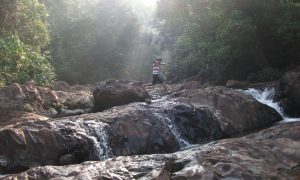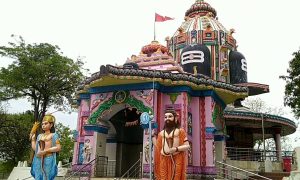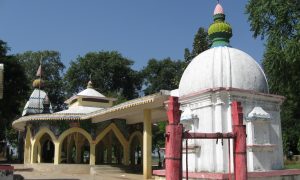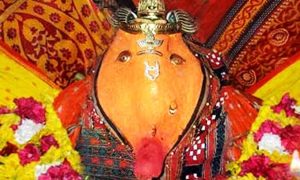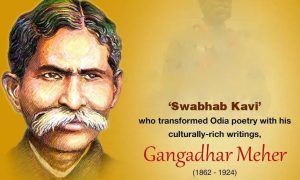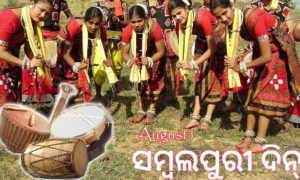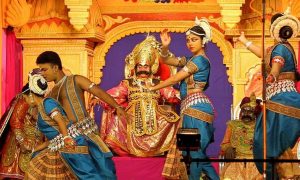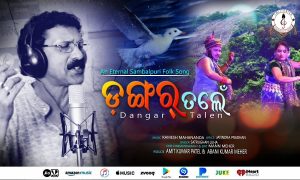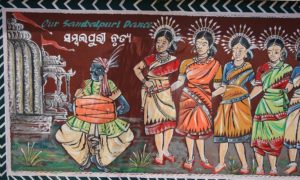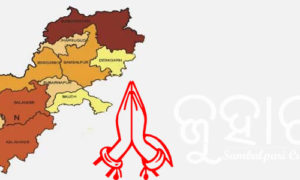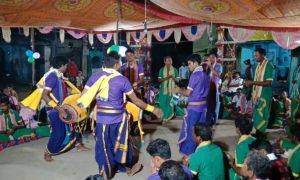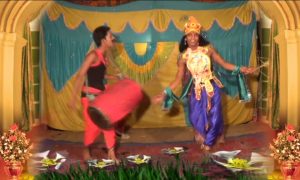Named after the headquarter town of Balangir, this district was formed on 1st November 1949. It is flanked in the northwest by the Gandhamardan hill. Many hill streams traverse it. The name Balangir is said to have been derived from Balaramgarh, a fort built here in the 16th Century by Balram Deo, the 19th Raja of Balangir and founder of Sambalpur kingdom.The Balangir District is surrounded by Subarnapur district in east, Nuapada District in the west, Kalahandi District in the south and Bargarh District in the north. The District lies between 20 degree 11’40 to 21 degree 05’08 degree north latitude and 82 degree 41’15 to 83 degree 40’22 East longitude. The District covers an area of 6575 sq.km.
Total population of the Balangir District is 16,48,997. comprising total male population as 8,30,097 and female population as 8,18,900. The total SC population of the District is 2,94,777 and ST population is 3,47,164.Balangir District has 3 subdivisions, 14 Tahasils, 14 Blocks, 2 Municipalities, 3 NACs, 18 Police stations and 285 gram panchayats. Minimum temperature measured in the District is 16.6 C and maximum is 48.7 C. 1215.6 mm average rainfall is experienced in Balangir District. The economy of the Balangir District is basically agrarian. The tourism industry of Balangir District also contributes to its economy.
The predominant soil groups found in the Balangir District are Black. Red, Mixed Red and Alluvial soils. Over 70 percent of the population depends on agriculture. The present cultivable area in the District is 3,45,650 hect. In the District paddy is the principal crop, which accounts for 61 percent of gross cropped area. The other important crops grown in the District are pulses grown in 14 percent of the cropped area followed by oil seeds, which is grown in 3 percent, fibre in 4 percent, vegetable in 2 percent and other food crops like spices and condiments etc.
The literacy rate of Balangir District is 65.50 percent. Male literacy rate is 77.08 percent and female literacy rate is 53.77 percent. Balangir District has a number of educational institutions, which provide a great platform for education in the field of engineering, arts and social science, law, commerce, medical science, journalism etc. Rajendra (Auto) College, Bidya Bhushan Sanskrit College, Government Ayurvedic College and Hospital, Government Medical and Hospital, Balangir Law College, Government Women’s College, Government Balangir College, College of Teachers Education, Jawaharlal College of Patnagarh, D.A.V. College of Titilagarh, Government Polytechnic, State Institute of Hotel Management (SIHM) etc. are the important Educational Institute of the District.
The District celebrates many festivals with great enthusiasm. Sital Sasthi, Nuakhai, Bhaijiuntia, Puajiuntia, Shiv Ratri Mela, Patakhanda jatra, Sharabana Purnima are the famous festivals being celebrated here. Among the few notable personalities of the District, Shri Rajendra Narayan Singh Deo gets a prominent place, as the former chief minister of Odisha. Other Predominant personalities of Balangir district are: Dr Srinivas Udgata (Writer), Er Sam Pitroda (Telecom Scientist), Ms Gayatri Saraf (Writer), Sushree Anandini Darjee (Sports Person).

